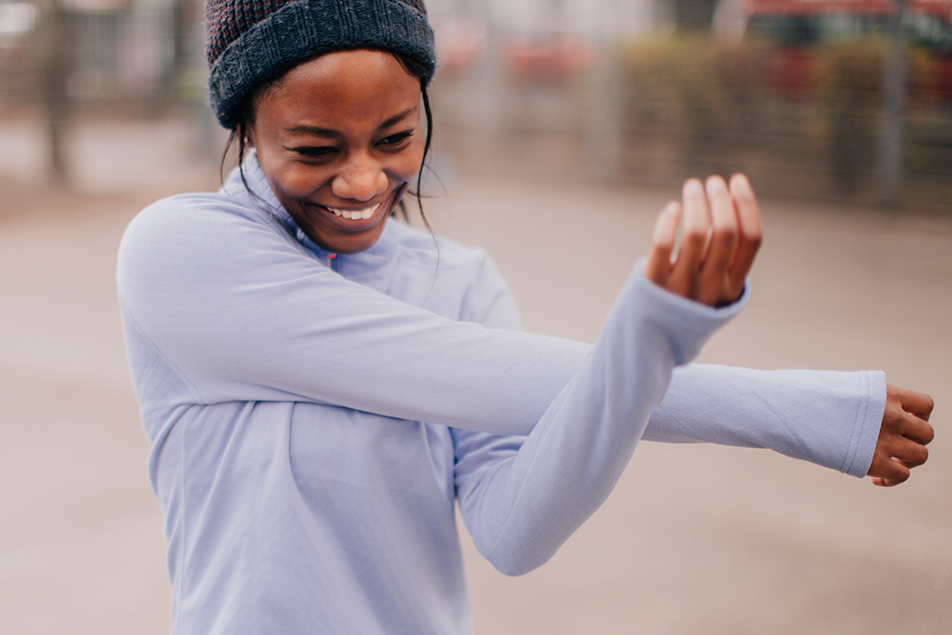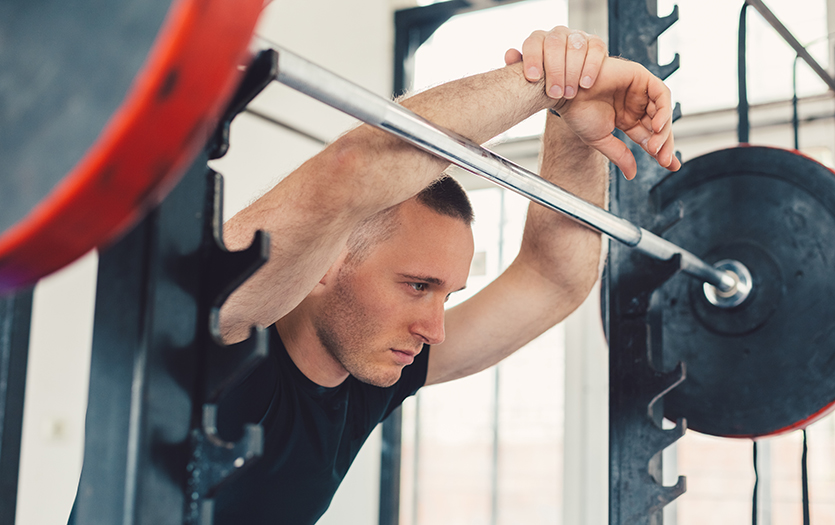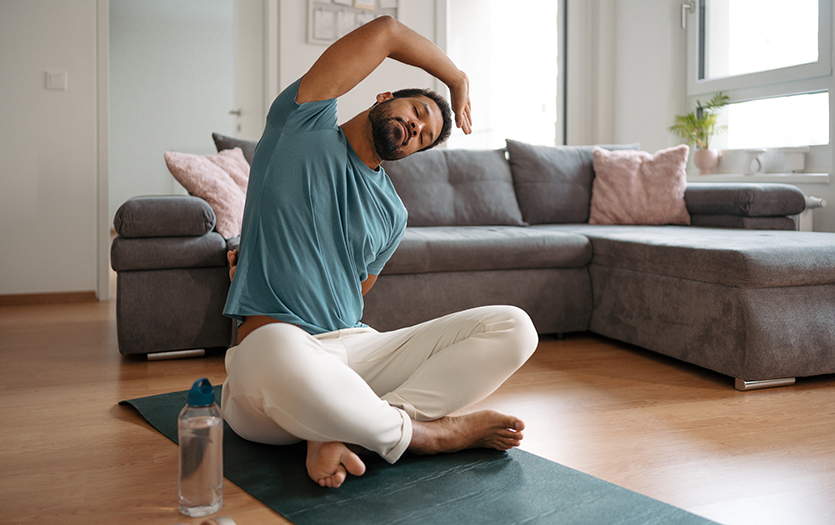
We tapped athletic trainers Meghan Banik, Emily Mize and Linying Xaio, Parkview Health Athletic Training Residency, Parkview Sports Medicine, for advice on side stepping some of the biggest mistakes people make with New Year’s resolutions pertaining to fitness. Reading their tips before you jump in could prevent burnout and injury.
Mistake No. 1: Starting too big
This advice applies to both weight training and cardio. Often, with the new year, comes big goals of lifting weights to get stronger or training to complete a marathon by summer. People are excited about starting the journey, but they don’t always know how to create a plan.
The most important tip is to start out small and not jump into things too quickly. It can be intimidating walking into a gym and seeing people lifting heavy weights. And, because you don’t want to look like you don’t know what you’re doing, you start lifting too heavy right out of the gate. The same is often true for running. People start running as fast as they can for as long as they can. This can lead to unwanted injuries, soreness or burnout, because you don’t see results right away.
Instead, start off with a weight that you can comfortably lift with the correct form. Once you have that down, then increase the weight gradually. This is where journaling and tracking your weight workouts can be helpful. If you want to run, start out with a jog and increase speed gradually to shave time off of your miles. There are plenty of personal trainers who would be willing to help you on your fitness journey. The important thing to remember is that everybody has to start somewhere, and nobody is going to judge you for being a beginner. Everyone is working on their own goal, at their own pace.
Mistake No. 2: Not prioritizing sleep, rest and recovery
The average adult needs 7-9 hours of sleep per night. But introducing a new early morning workout routine or tacking it onto the end of the day can take away from that sleep window. Sleep-deprived individuals may crave unhealthy foods and show impairments in glucose sensitivity, which might negatively impact glycogen repletion and potentially affect appetite, food intake and protein synthesis. Sleep deprivation increases pro-inflammatory cytokines, which impairs immune system function, impedes muscle recovery and repair from damage, leads to autonomic nervous system imbalance (simulating overtraining symptoms), results in slower/less accurate cognitive performance, and alters pain perception.
Tips for sleep hygiene:
- Avoid blue light emitted from screens (smartphones, laptop, monitors) at least 2 hours before bed. Blue light suppresses melatonin production that is needed to induce sleep. Avoid text messaging, social media, games and app use.
- Don’t hit the snooze button. It does not improve sleep quality.
- Don’t fall asleep to the TV. Sleep studies show that people who do this frequently wake up during the night and have poor quality sleep.
- Check your mattress. It may be too old (mattresses typically last a maximum of 9–10 years) and may have allergens.
- Exercise recovery isn’t exclusive to muscle recovery. Reducing mental fatigue is just as important for healthy sleep. Try to reduce external stressors in your life.
When active people don’t take recovery seriously, it can lead to injury. Researchers surveyed 605 competitive athletes and found that these were the top reasons to take a rest day:
- General feelings of fatigue.
- An unexplained decrease in performance (generally lasting between one week and one month).
- Musculoskeletal aches and pains.
If these things start to pop up in your workout or daily routine, then consider adding in more time to rest.
Mistake No. 3: Not learning proper form
Many well-intentioned beginners will show up at the gym with no clue how they should start with weightlifting. With the information available to us online, a little research can go a long way. There are strength-building guides and sample workouts on Pinterest, fitness blogs and websites.
Weight training is a wonderful way to build muscle, protect bones, burn calories and stay in shape, but improper form can lead to injury and a lack of results. While it’s tempting to just copy the exercises your neighbors are doing, they may be doing things the wrong way. I recommend looking up videos for proper form from a reputable source on YouTube before you go or pull them up on your phone while you’re at the gym.
Finding someone who is an expert is important as a beginner. In general, the things to keep in mind when working with weights are:
- Watch your back
- Go easy on your joints
- Increase weight gradually
- Breath through each exercise
Muscle imbalance can lead to injury and an imbalanced physique. Overtraining your quads can lead to weak hamstrings, and strong biceps can mean weak triceps. Your workout routine should include exercises that work all muscles, taking care to strengthen opposing muscles equally. When in doubt, utilize the expertise of a professional.
This can be your year! Remember, slow and steady wins the race. Do your research, take it at your own pace and utilize the resources available to you.



